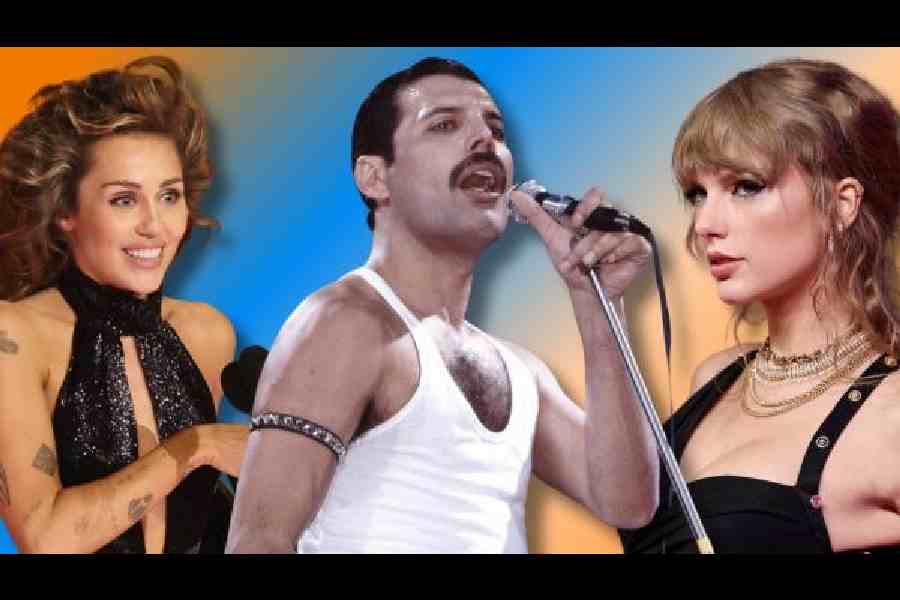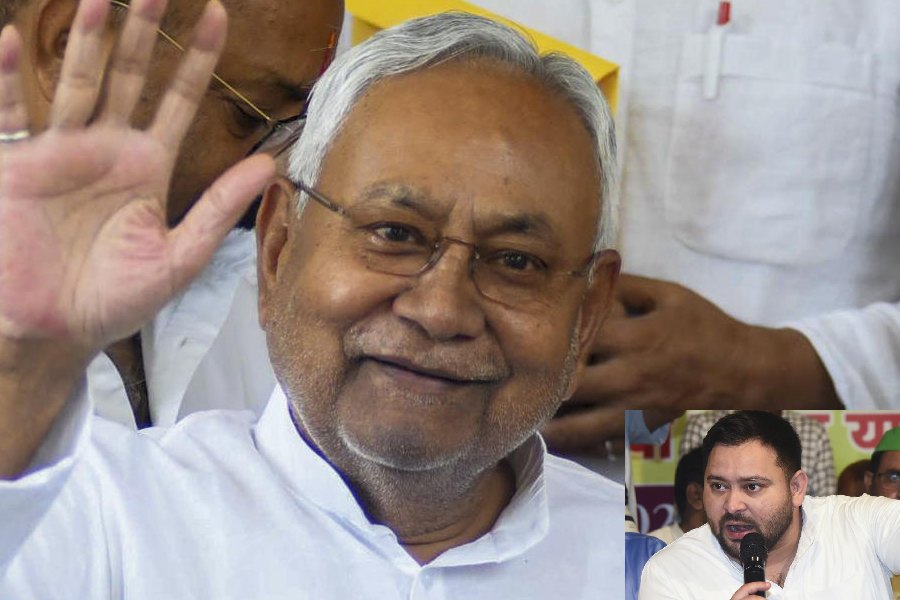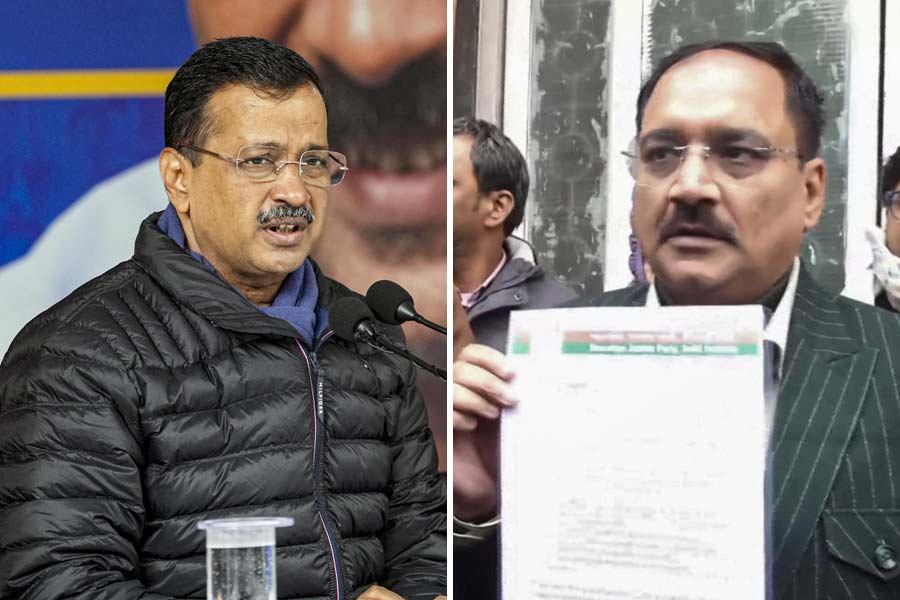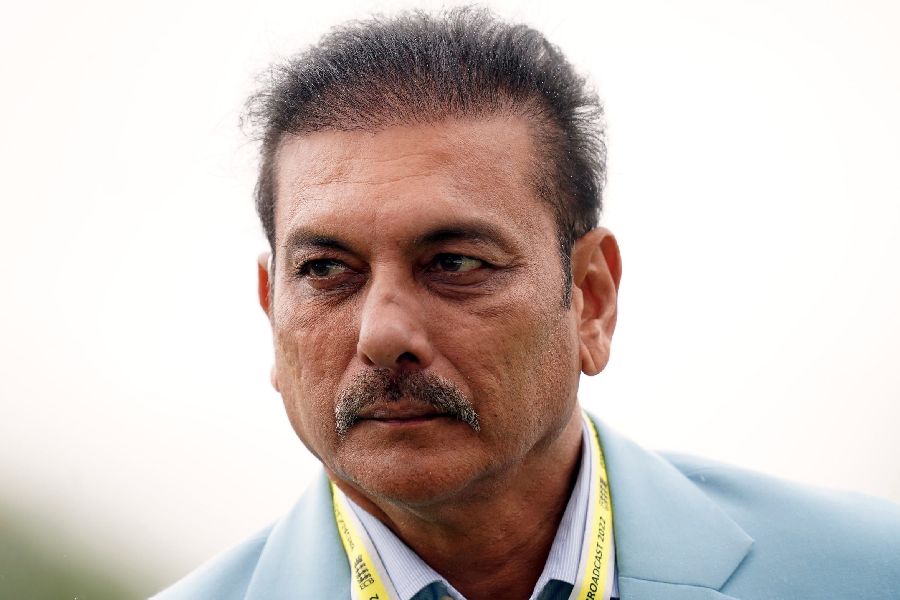Taylor Swift’s 2022 hit Midnight Rain was six seconds shy of three minutes and it went to number five on the US Billboard Hot 100. Or consider Miley Cyrus’s Flowers that played out over three minutes and 20 seconds in 2023. In 1975, Queen’s Bohemian Rhapsody was five minutes and 55 seconds long or the length of many YouTube videos. Like it or not, the average length of songs is falling and we have gone far beyond the average of 4.14 in the 1990s.
Short songs are getting enough airplay and are well recorded. For example, PinkPantheress offers pop, R&B, drum and bass, besides a breathy singing style. In 2021, she released a mixed tape of 10 tracks with a total running time of 18 minutes and 36 seconds or an average of one minute and 54 seconds per track.
Songs in the top 40 have become shorter than they used to be. Is it only because of YouTube Shorts, Instagram Reels and TikTok? Or do we now have shorter attention span? In 1992, the average length of a number-one single was four minutes and 44 seconds. Ten years later, the average length was three minutes and 49 seconds. Let’s move ahead 10 more years. In 2012, it was three minutes and 43 seconds.
A need to express quicker
Since we are listening to music mostly via streaming services — be it Apple Music or Spotify — chances are we will move from track to another as quickly as letting out a burp at the dinner table. So writers are ditching a third chorus and even a pre-chorus to get the hook in as soon as possible. In 2022, Lil Yachty’s Poland was everywhere, picking up millions of plays and memes, thanks to a memorable hook: “I took the Wock to Poland.” Even with only 83 seconds to unleash creativity, the song made it to #40 on Billboard Hot 100.
Making songs short now is different from keeping them tight in the 1960s. The Chiffons’ He’s So Fine was only 1.52-minute long and it made it to the top of the pop charts and the Beatles achieved the feat in 2.22 minutes singing Love Me Do.
In 1949, RCA gave the world the 45rpm record, which made the 78rpm obsolete. They were cheap to make and, like a 78rpm record, it could offer a couple of songs, giving push to the “single”. Elvis Presley, Rolling Stones, Beatles, Little Richard… 45rpm made their songs famous. Suddenly, longer songs were everywhere. Of course, artistes like Bob Dylan and Joni Mitchell wanted to express themselves through longer songs and LPs helped. Then there were the needs of radio stations, which could make or break songs. They didn’t mind a three- or four- or even a five-minute song. The number of songs that would fit on one side of a vinyl record hand in hand with the diktats of radio programming, made three-to-five-minute songs popular. At the same time, musicians could experiment. No wonder, we have all the na-na-nas in Hey Jude.
As the medium of putting out music evolved (tapes give way to CDs), time limitations went for a toss. The average song length peaked in 1992. With streaming, you can put out a 20-minute song, something like Iron Butterfly’s In-a-Gadda-Da-Vida, unfolding over 17 minutes. But the streaming era has given listeners the liberty to quickly switch tracks. Some music platforms allow artistes to earn royalty only if a listener stays engaged for at least 30 seconds. How can that be made possible? Cut out long intros and get to the hook before listeners hit the skip icon.
Streaming services want it that way?
Many musicians don’t like the trend. Mark Ronson said in 2019: “All your songs have to be under 3.15 because if people don’t listen to them all the way to the end they go into this ratio of ‘non-complete heard’, which sends your Spotify rating down.”
The average duration of songs has been on the decline even before TikTok or Instagram Reels was born but what these platforms did was hasten the process. The same has also been done by music streaming services. Consider the double album Scorpion by Drake. It has plenty of tracks, totalling 90 minutes of play but many of the songs are short because he gets paid for every song you listen to; it’s not about whether or not you listen to the whole album. Rapper Lil Pump released Harverd Dropout in 2019 and it contained 16 songs, the longest of which was 3.23 minutes long. In a way, this change can also be seen with movie trailers, which now have “mini” trailers before the actual trailer.
No wonder pop songwriting is changing. Hits are being written by five or more writers, so that killer hooks can be incorporated. Imagine John Lennon and Paul McCartney sitting down to write a song together today. The label would have said, forget the melodic or lyrical journey, simply release the financial tension by recording something short and perhaps sweet.










